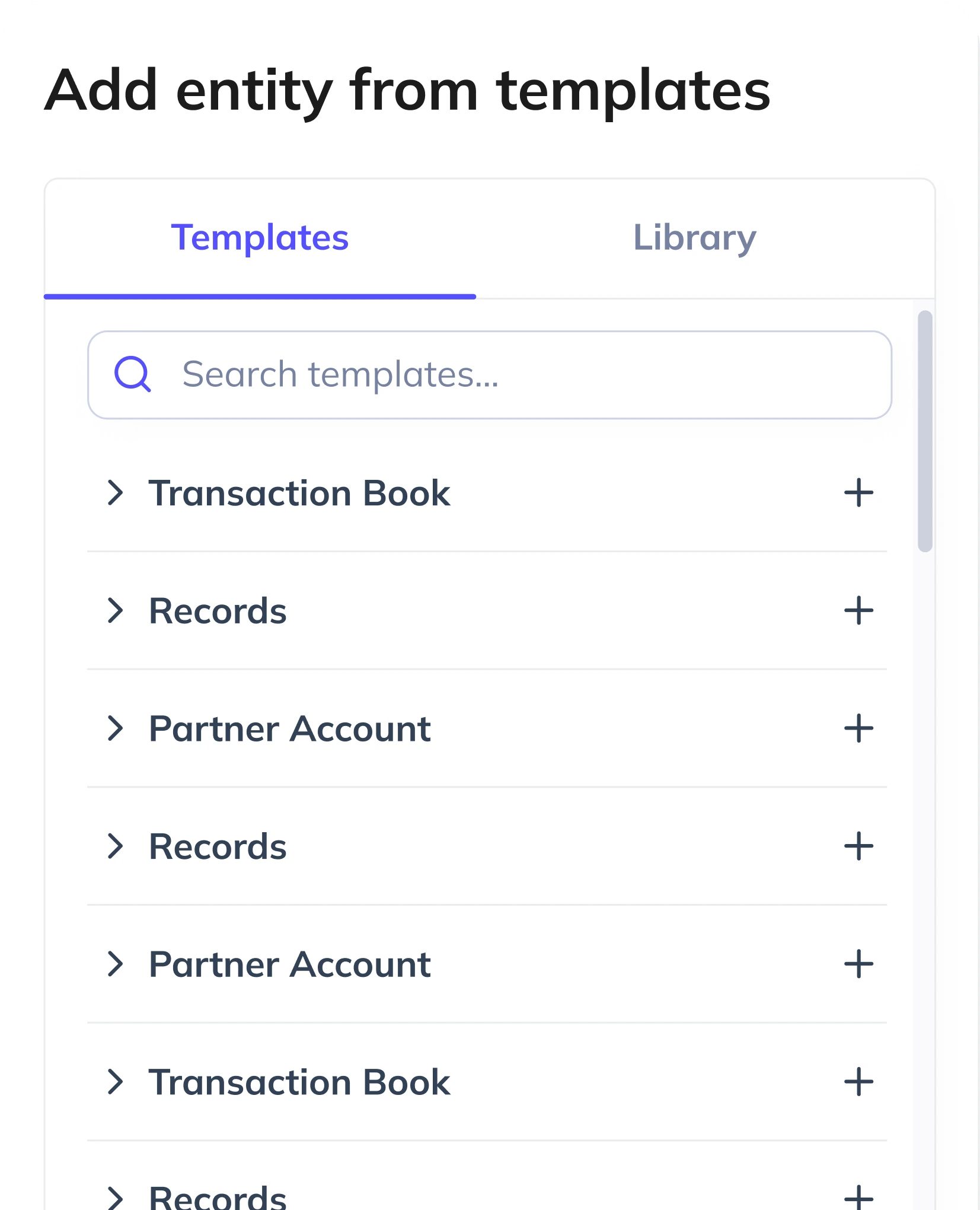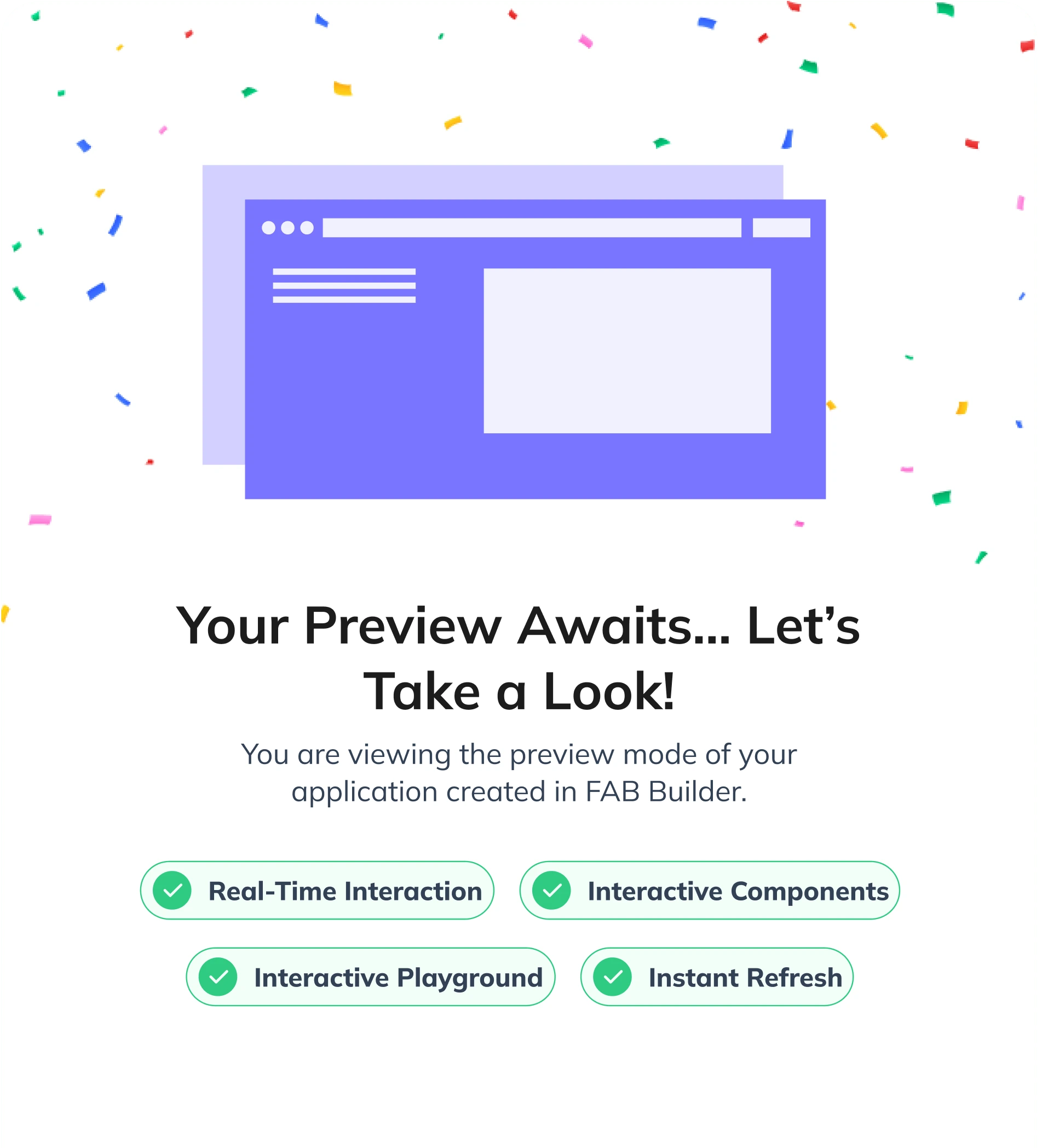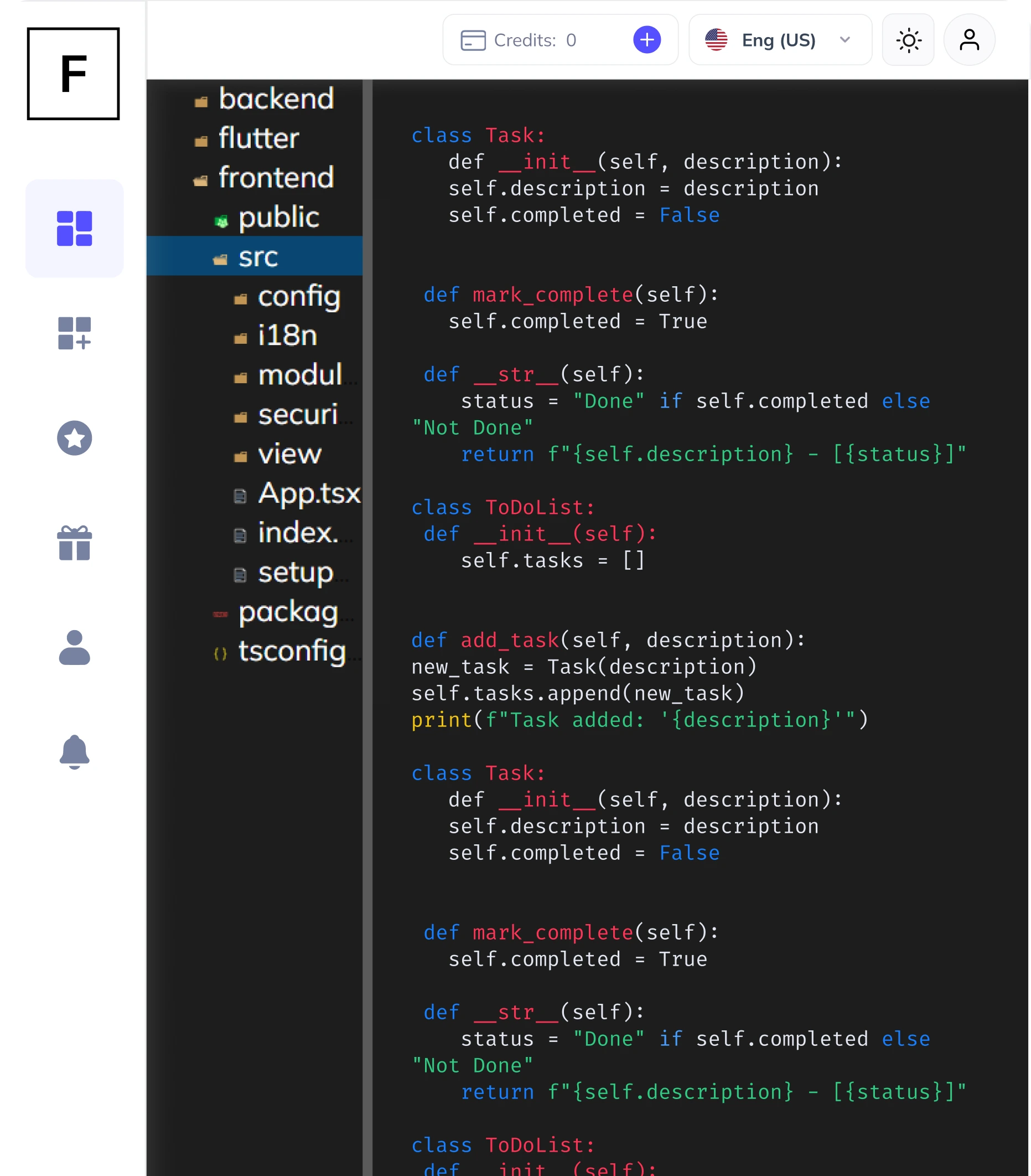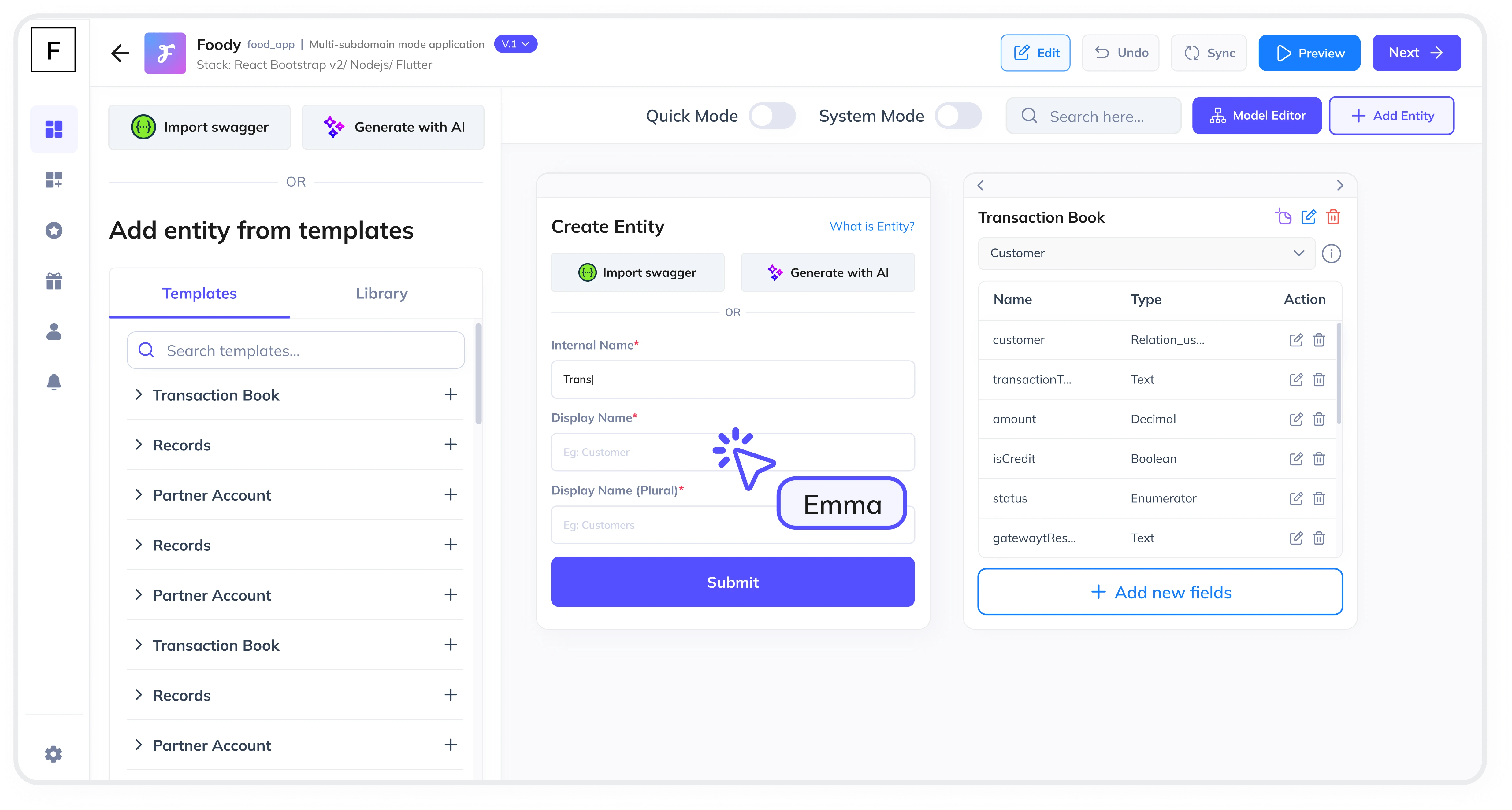Summarize and analyze this article with:
The Sensor Control Module is a critical component in IoT and Smart Device Management systems. It enables the management of sensor data and settings, ensuring seamless communication between devices and centralized systems. In this guide, we’ll walk you through the step-by-step process of creating a Sensor Control Module using FAB Builder, a powerful low-code platform for full-stack application development.
Why Use a Low-Code Platform for IoT Development?
Low-code platforms like FAB Builder simplify the development process by providing pre-built templates and AI-assisted tools. This allows developers to focus on innovation and business logic rather than spending time on repetitive coding tasks. With FAB Builder, you can:
- Accelerate development timelines
- Reduce costs associated with custom coding
- Ensure scalability and flexibility
- Deploy production-ready applications with one-click cloud hosting
Key Features of FAB Builder
FAB Builder stands out as a leading low-code platform due to its robust features:
- Full Source Code Download: All code generated by FAB Builder is downloadable, allowing your development team to customize and innovate.
- AI-Assisted Entity Creation: Describe your application, and FAB Builder will automatically generate entities and fields.
- Bulk Data Import/Export: Easily manage data with role-based permissions for importing and exporting via Excel.
- Configurable File Storage: Choose from File System, Google Cloud Storage, AWS S3, or other S3-compatible providers.
- Payment Gateway Integration: Seamlessly integrate with Stripe, RazorPay, PayPal, and more for B2B or B2C transactions.
- Multi-Tenant Configurations: Build SaaS applications and sell subscriptions to B2B consumers.
Step-by-Step Guide to Creating a Sensor Control Module
Step 1: Define Your Application Requirements
Start by outlining the functionality of your Sensor Control Module. Identify the types of sensors, data collection methods, and user roles. For example, you may need to monitor temperature, humidity, and motion sensors in a smart home system.
Step 2: Choose Your Tech Stack
FAB Builder offers interoperability with various tech stacks, including:
- MERN Stack (MongoDB, Express, React, Node.js)
- MEAN Stack (MongoDB, Express, Angular, Node.js)
- React with AntDesign, Tailwind, Bootstrap, or Material
- Vue, Angular, Next.js, Node.js, .NET, Java, SQL, Android Native, or iOS Native
This flexibility ensures that your Sensor Control Module can adapt to any technology stack.
Step 3: Use AI-Assisted Entity Creation
With FAB Builder, describe your application requirements, and the platform will automatically generate entities and fields. For instance, you can create entities like Sensor, SensorData, and User with fields such as sensorType, dataValue, and timestamp.
Step 4: Configure Data Import/Export
Set up bulk data import and export functionality. FAB Builder automatically generates Excel templates based on your entities, making it easy to manage large datasets. Ensure role-based permissions are configured to control access.
Step 5: Integrate File Storage
Choose a file storage provider that suits your needs. Whether it’s AWS S3, Google Cloud Storage, or a local file system, FAB Builder ensures secure and scalable file management.
Step 6: Add Payment Gateway Integration (Optional)
If your IoT application involves subscription-based services, integrate payment gateways like Stripe or PayPal. FAB Builder supports seamless integration for B2B and B2C transactions.
Step 7: Deploy to the Cloud
Once your Sensor Control Module is ready, deploy it to the cloud with one-click hosting on AWS, GCP, or Azure. FAB Builder ensures your application is production-ready and scalable.

Use Cases of FAB Builder in IoT Development
- Smart Home Systems: Manage sensors for temperature, lighting, and security.
- Industrial IoT: Monitor equipment performance and predict maintenance needs.
- Healthcare: Track patient vitals and manage medical devices.
- Agriculture: Monitor soil moisture, weather conditions, and crop health.
Benefits of Using FAB Builder
- Time Efficiency: Reduce development time with pre-built templates and AI tools.
- Cost Savings: Minimize development costs with low-code solutions.
- Flexibility: Switch between tech stacks like MERN, MEAN, or ReactJs with ease.
- Security: Multi-layer security ensures your data and applications are protected.
- Scalability: Build applications that grow with your business needs.
Why Choose FAB Builder?
FAB Builder is the ideal choice for businesses looking to create scalable, secure, and customizable IoT applications. With features like full source code download, AI-assisted entity creation, and multi-tenant configurations, FAB Builder empowers you to build innovative solutions tailored to your needs. Whether you’re developing a smart home system or an industrial IoT platform, FAB Builder provides the tools and support to bring your vision to life.
Ready to get started?
Explore FAB Builder today and take your IoT development to the next level!


















